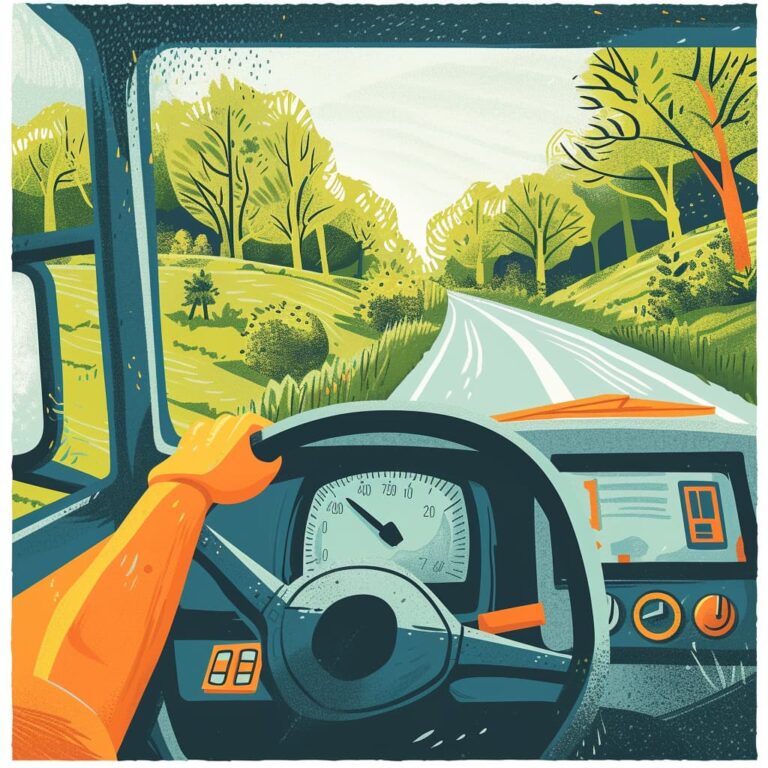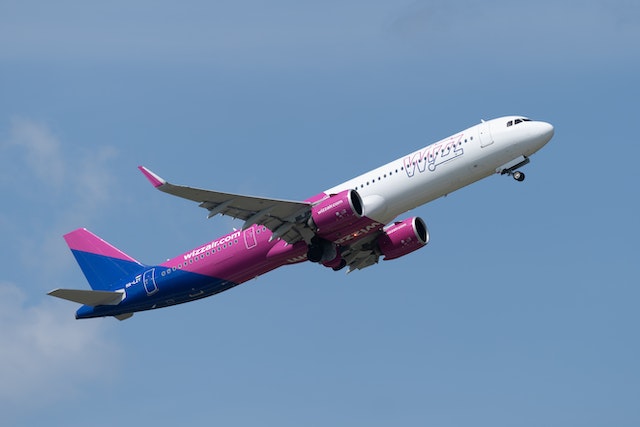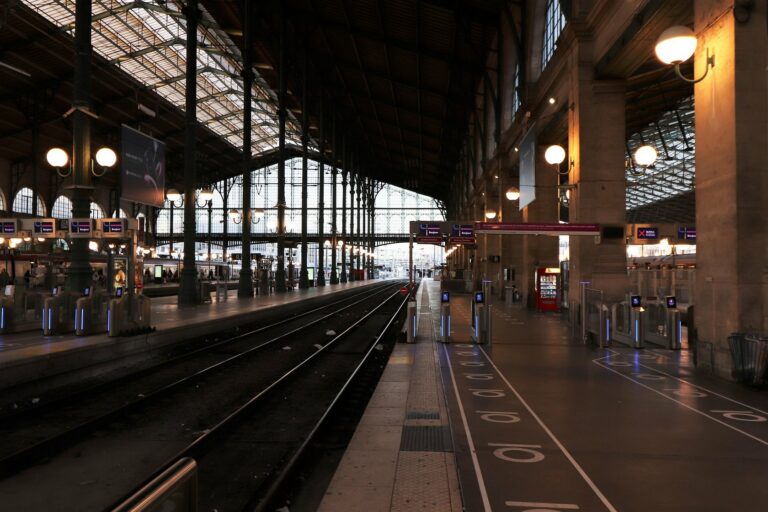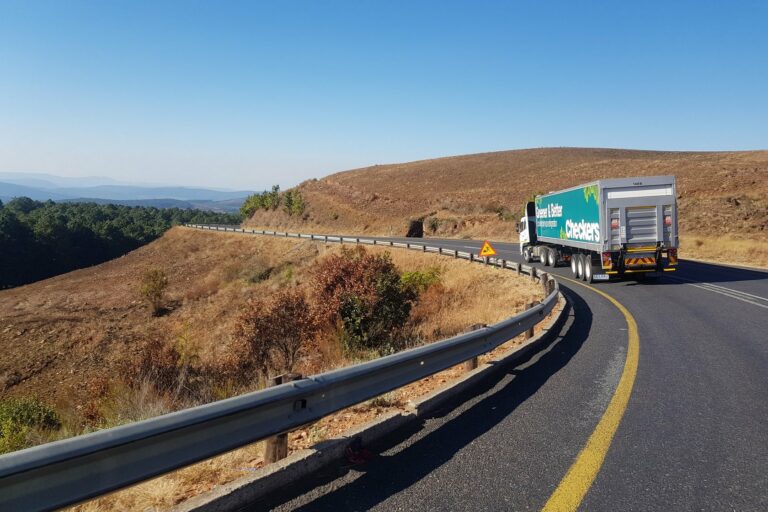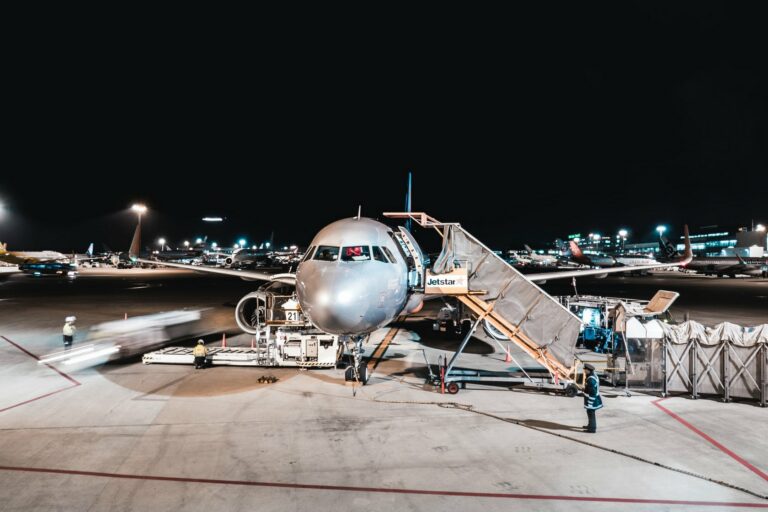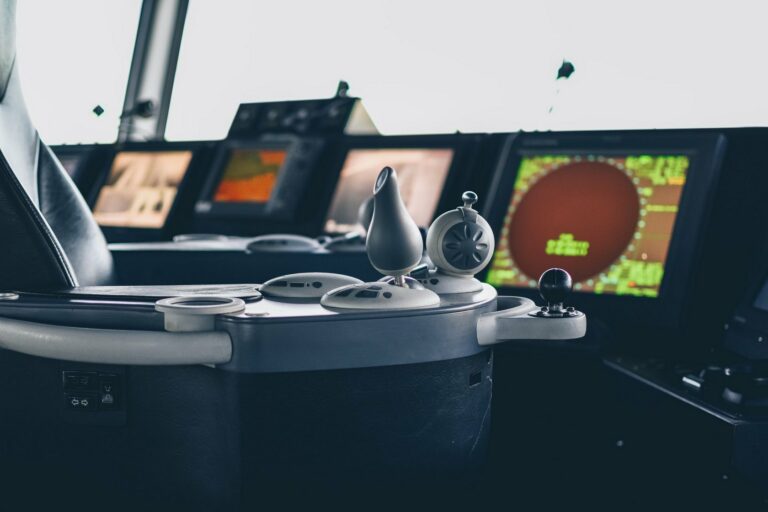Considered one of the main ways of moving heavy loads, rail transport is a means of locomotion widely spread throughout the world. Also used for transporting people, new and improved trains appear every year, which further favors the means of transport by rail.
However, even though it is a solution widely used by the general population, many people are unaware of important characteristics about transport on railroads.
With that in mind, we prepared this content about what rail transport is , the main types and the current situation of this means of locomotion in Brazil, with topics that may fall into your test. Check out!
What is rail transport?
We define as rail transport any and all means of locomotion of goods or people carried out on railroads – also known as rails, railroads or railways.
Rail transport in big cities
From this definition, then, we can classify the subway, widely used in large urban centers, as well as being a means of rail transport.
In this way, we have already realized the relevance of this type of transport for the world, since practically all large capitals and commercial centers offer their population urban travel via train.
Rail transport in the interior regions
Inland, railways can also be used to transport people — international and interstate trips, for example — however, in this case, rail transport concentrates greater application in the locomotion of cargo and goods in general.
Rail transport features
There are several characteristics of rail transport , among them we can highlight
- transports products stipulated by the commercial market as being of low added value, such as iron ore, soy, coal, oil and derivatives;
- it is a transport regulated by the gauge (standard distance between the railroad tracks);
- it reaches different speeds, on average from 30 km/h to 50 km/h for transporting heavy loads and with several wagons, and up to 300 km/h for transporting people by bullet train;
- it can be diesel fueled (more common in cargo transport) or powered by electric energy (more common in people transport);
- it was born due to the needs of factories from the first industrial revolution , mainly those related to the flow of large quantities of goods over long distances;
- it is dependent on plains, since it is not possible, mechanically speaking, to install railways in mountains .
Rail transport in Brazil
The history of rail transport in Brazil began in 1854 with the Estrada de Ferro Mauá, the first railway line installed in the country, in the state of Rio de Janeiro. Since then, many other railroads have appeared, most of which are focused on the transport of cargo – mainly coffee and sugar cane.
As it is a country with continental extensions, it is natural to imagine that Brazil will be a country filled with railways, not least because it is necessary to mass sell products that supply the economy, such as iron ore, soybeans and grains in general.
However, this is not the situation found in Brazil, since the national rail system — essentially when the issue is the volume of railroads — is generally classified as precarious.
To exemplify, we have about 30,000 km of trails spread throughout the national territory. Canada, which is a country comparable to ours in terms of territorial dimensions, has about 78,000 km, more than twice as much.
In addition to these characteristics, rail transport in Brazil is also known for:
- offer great carrying capacity, even though it is well below its potential;
- be designed and developed mainly for cargo transportation;
- have good energy efficiency;
- have a high implementation cost — which ranges from the installation of rails to public tenders for choosing the operating company;
- have low cost when compared to transporting cargo by planes and ships;
- rely on high safety, with much lower accident rates compared to those collected on the road network;
- there is very little interstate integration;
- represent lower levels of pollution when compared to the transport of cargo by trucks;
- concentrate the largest number of railway lines in the South and Southeast regions.

Famous railway lines in Brazil
The main interstate rail transport for people in Brazil, without a doubt, is the Vale rail line, which connects the states of Minas Gerais and Espírito Santo.
With two daily trips — one train departing in the morning with the Belo Horizonte – Vitória itinerary and another, also in the morning, making the Vitória – Belo Horizonte route —, this railway is about 664 km long and also includes several cities in the interior. Minas Gerais, such as Timóteo, Barão de Cocais and Ipatinga.
When it comes to cargo transportation, we can highlight the Carajás Railroad. With 892 km long, this is one of the main iron ore transportation routes in Brazil, connecting Carajás, in Pará, to the port of São Luís, in Maranhão.
Advantages and disadvantages of rail transport
See now what are the main advantages and disadvantages of this means of transport .
Benefits
Among the advantages we have:
- means of transport with low levels of pollution when we think about the relationship between the amount of cargo transported by the number of trips;
- low railway maintenance costs, as they are designed to withstand bad weather;
- lack of traffic, which implies virtually uninterrupted travel;
- very high load capacity;
- possibility to travel long distances with little energy consumption.
Disadvantages
The disadvantages are:
- freight transport that reaches low speeds;
- little flexibility of reach, since trains can only travel along paths where there are railway lines;
- high investments to install the rails.
